The vent hose on an electric dryer plays a crucial role in the proper functioning of the appliance. It helps to remove hot, moist air from the dryer drum during the drying cycle.
This helps to dry clothes efficiently and prevent the dryer from overheating. However, some may wonder if running an electric dryer without a vent hose is possible. Well, hold your horses.
It is not recommended to run an electric dryer without a vent hose. The vent hose is necessary to remove the hot, moist air from the dryer drum during the drying cycle.
Without a vent hose, the hot, moist air will have nowhere to go and stay inside the dryer drum, which can cause the dryer to become hot and potentially start a fire.
Additionally, the lack of a vent hose can cause the dryer to become less efficient and take longer to dry clothes. It is essential to ensure the vent hose is installed correctly and in good condition to ensure the safe and efficient operation of the dryer.
Running Run An Electric Dryer Without A Vent Hose | What Could Go Wrong?
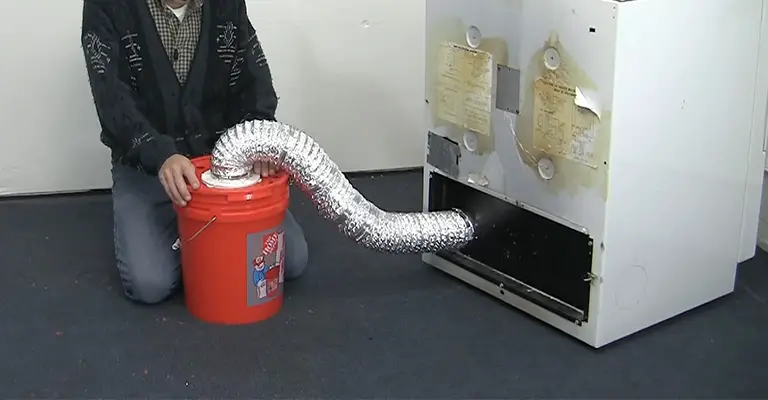
The dryer is one of the most necessary appliances in most households, but it is essential to use it safely and correctly.
There is no way to run a dryer safely without a vent. That’s not safe. Here are a few cases that may leave you wondering; we’ll discuss them in more detail.
The dryer needs vents to discharge moisture, lint, and heat outside. The exhaust port of most dryers (gas or electric) is located on the back.
Only ventless models or condensing dryers, referred to as condensing dryers, are exceptions. Dryers are usually equipped with vent hoses or ducts that connect to the outside air via their exhaust ports.
In addition to removing lint from clothes, dryer vents enable air to circulate more efficiently. It is important to direct the exhaust of the dryer vent outside, where it will expel warm air, gases, and lint away from the house.
Potential Hazards of Running a Dryer Without a Vent
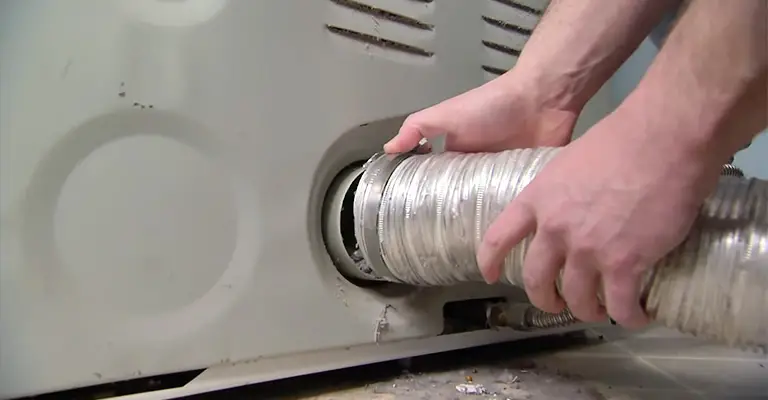
Due to the dryer’s reliance on proper ventilation, you cannot operate it without a vent. To keep a dryer functioning efficiently, it must have an effective dryer vent system.
If you don’t have a vent for your dryer, running it without one can pose a safety risk. As the dryer drum dries, a dryer vent removes hot, moist air and clogged with moisture.
This hot, moist air has nowhere to go without an exhaust vent, leading to the dryer overheating and potentially catching fire.
To ensure that a dryer runs safely and efficiently, installing and maintaining a dryer vent properly is important.
1. High Concentrations of Carbon Monoxide
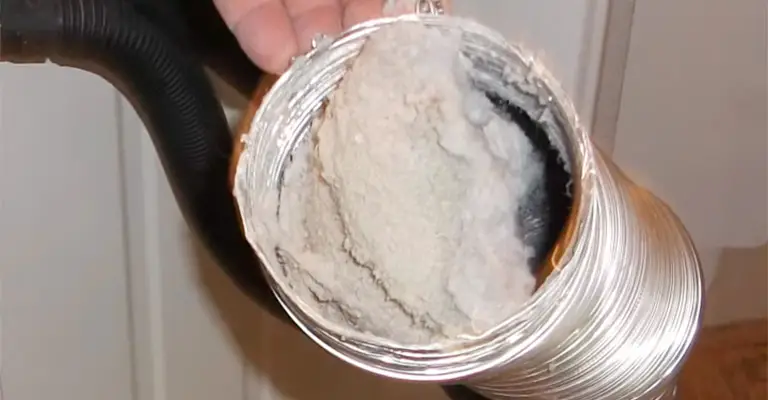
Despite its toxic properties, carbon dioxide is not harmful at low concentrations.
Nevertheless, high concentrations can trigger respiratory issues, breathing problems, elevated heart rates, irregular heartbeats, cardiac arrhythmias, and impaired consciousness.
Too much carbon dioxide can cause convulsions, comas, and even death if the concentration exceeds 10%. If improperly vented, gas dryers can also produce carbon monoxide gas inside the house.
The gas left by your dryer can potentially poison your home’s occupants as it makes its way indoors through the exhaust. In addition to being colorless, odorless, and tasteless, carbon monoxide is also tasteless.
Despite its high concentration, you may not even notice that it’s present in your laundry room. Most carbon monoxide victims don’t realize they’ve been poisoned until they’re too late.
In your home, seniors, small children, or unborn babies are more at risk of carbon monoxide poisoning. These toxic gases are also more dangerous for adults with cardiovascular problems (such as chronic heart disease).
2. Growth of Mold
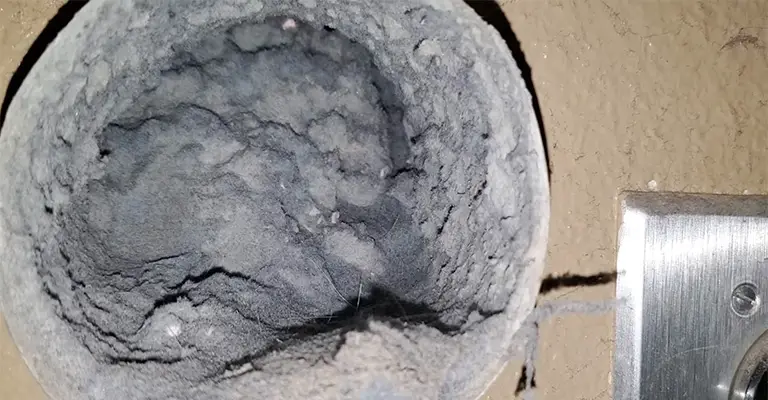
Moisture is usually deposited in various parts of a room when a dryer vent is not correctly set up. In humid environments, mold and mildew grow on surfaces when moist air condenses.
To properly vent your dryer, you should exhaust the warm air outdoors rather than inside.
3. Electric Dryers Can Emit Carbon Monoxide if the Trapped Lint Burns
A propane-powered dryer relies on fuel, unlike an electric dryer. There is no need to worry about poisonous gasses being released from it. Even so, an electric dryer without a vent hose may still cause you headaches (literally as well as figuratively).
The filter of an electric dryer can collect a large amount of lint without a vent hose. It is important to remember that fine fibers that accumulate over time can become a major fire hazard. Lint trapped in a dryer can catch fire due to its high temperature.
The burning of lint produces carbon monoxide because lint is carbon. When the lint catches fire, and the dryer does not have a vent hose or duct to divert the exhaust gasses outside safely, the dryer may also emit carbon monoxide.
4. Dryer Vent Fire Hazards
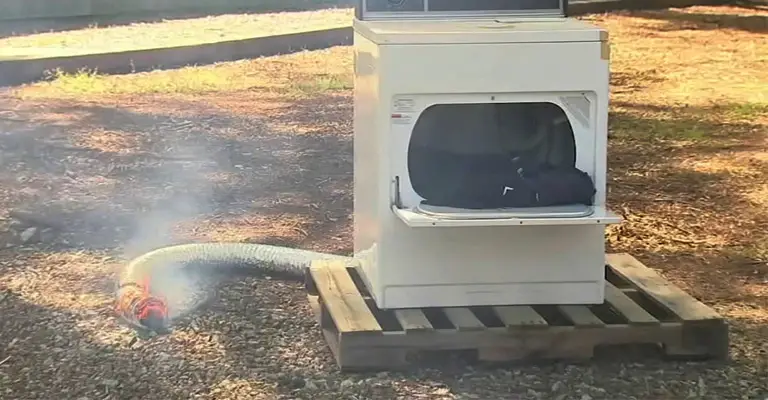
The lint trap or filter is located at the bottom of a dryer. Without a vent hose, lint from your clothes is trapped in the filter instead of being expelled through the exhaust duct.
Leaving accumulated lint in your house can cause a fire. According to the National Park Service, approximately 15,000 U.S. fires have been caused by lint from clothes dryers.
In addition, the Consumer Product Safety Commission states that accumulated lint has caused 10 deaths, 310 injuries, and damages exceeding $84 million to date due to accumulating lint. Furthermore, cotton lint has an allergenic effect.
Lint can back up inside a poorly drained dryer, leading to potential fires inside the house. A buildup of lint in the dryer vents can cause a place to burn down when the temperature rises, causing significant damage to your home.
5. A Dryer Without the Vent Hose Increases Heat and Moisture Indoors
Finally, using a dryer without a vent hose could lead to mold and mildew growing in your home.
Mold and mildew come in many forms and thrive only when they are moist. Laundry rooms, for example, tend to be damp when you use appliances like washers and dryers.
It is possible to have a moisture problem in your laundry room if you don’t ventilate it well and do not use a dryer with a vent hose. As a result of moisture buildup, your home can be damaged by secondary damage, which can greatly aggravate allergies.
No need to recirculate gasses, lint, or other fumes or emissions from dryers with exhaust ports. Your dryer’s performance, efficiency, and durability will be adversely affected if you run it without its vent hose.
Maintaining the laundry room windows open can help reduce moisture and humidity problems in the laundry room.
Safety Tips For Running A Dryer Without A Dryer Vent
Running your dryer without a vent is possible if you follow certain strategies. Preventing gas buildup and potential fire hazards can be achieved by taking the following precautions.
- Install a Temporary Dryer Vent Hose
You should equip your dryer with a temporary aluminum vent hose that will channel warm air, lint, and gasses outside the house. By doing so, the air inside the house remains safe to breathe, and the dryer can operate more efficiently.
There is a huge difference that a simple dryer hose can make! Also, a window dryer vent can be helpful in some cases. Your device can be connected to a dryer vent hose!
- Reduce Lint Build Up
There is also the issue of lint accumulation that can occur in dryers that don’t have vents. A lint trap for dryers is an excellent way to prevent lint from building up. By putting the trap in place, lint will not be able to escape into the atmosphere.
The lint traps in indoor dryers need to be cleaned every few months to prevent lint from building up and causing a fire hazard. Maintaining your dryer’s performance and safety by regularly cleaning its vents is essential.
- Keep the Room Airy
By keeping the room well aerated, you can reduce the harmful effects of gasses and moisture released by poorly ventilated dryers.
To prevent the dryer from overheating, all doors and windows should be open. A warm/moist environment will be reduced, and harmful gases and odors will be reduced.
What Would Happen If I Ran My Dryer When There Was No Vent Duct On The Back Of My Dryer?
It will take a while for anything to happen at first. If the dryer is located in a moist, warm area, you will feel a gust of warm air. In time, lint builds up along the back of the dryer area against the wall, which starts moist and dries out.
Mold and mildew may also grow in your baseboards and walls over time, especially around the lint pile.
Weather conditions such as muggy and hot will occur sooner and become more severe if you live in an area with muggy and hot weather most of the time.
There will be less rain in areas with drier climates. You will experience worse conditions if you have your dryer in an enclosed space (e.g., laundry room).
One final point to make: sometimes, the dryer vent tub outlet will become blocked when the dryer is pushed against the wall.
The product’s performance will also be affected, potentially damaging your clothes. This may cause some back pressure in the unit.
Final Words
Although it’s possible to run a dryer without a vent hose, it’s not recommended. Your dryer can develop lint buildup without a vent hose or duct, which can be a fire hazard. Additionally, all gas dryers produce poisonous carbon monoxide.
It is also feasible for electric dryers to emit toxic fumes if the lint ignites. As well as ensuring everyone in your home’s safety, dryer vent hoses perform vital functions and are effective and efficient.







